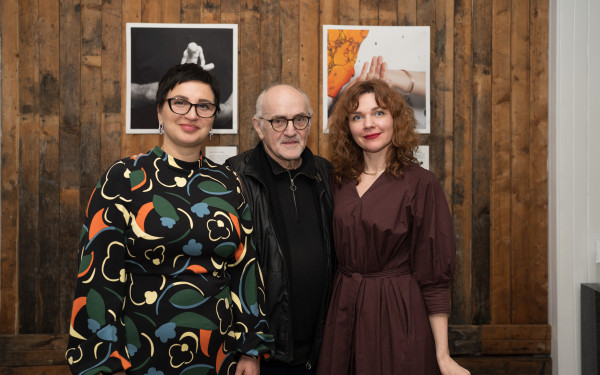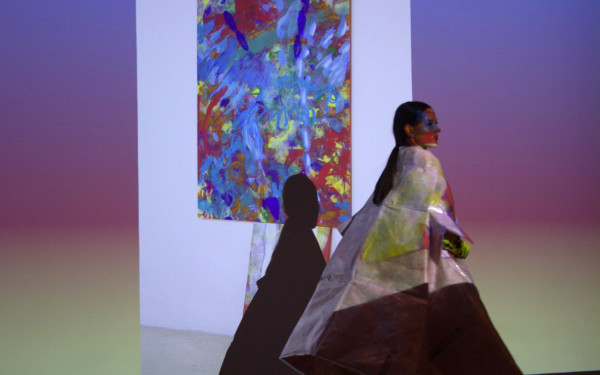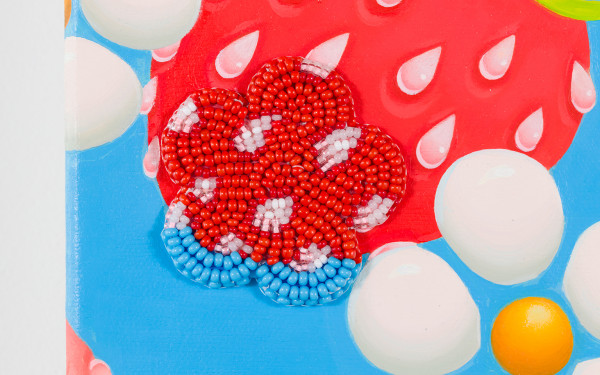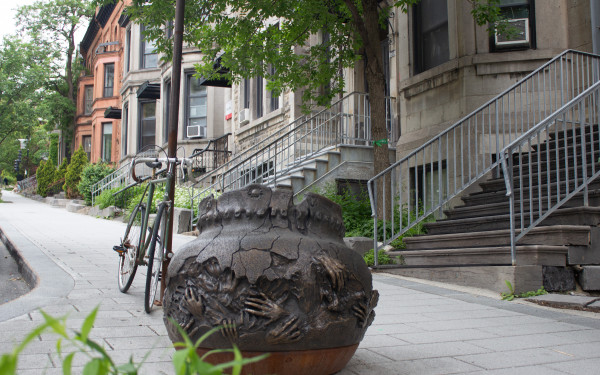Fonderie Darling’s Déliquescence marks the end of an era
Longtime curator Caroline Andrieux’s final exhibition asks what happens when we let things grow
Fonderie Darling launched its fall programming on Sept. 26 with the group exhibition Déliquescence, marking the final show by longtime curator and co-founder Caroline Andrieux.
Featuring 11 local and international artists, the exhibition explores the theme of entropy: the inevitable, uncontrollable and beautiful degradation of everything around us.
“This exhibition represents an important subject for me,” Andrieux explained in her introduction to the show. “It is inspired by my perpetual interests in industrial wastelands, which undergo a form of entropy. My fascination with their status as ruins that slowly decay over time, and my desire to reverse this trend by rehabilitating them, is part of an ongoing negotiation with this form of obsolescence.”
Originally an industrial metalworking center, Fonderie Darling was transformed into an art complex in the late 1990s by Quartier Éphémère. Co-founded by Andrieux, Quartier Éphémère is dedicated to nurturing public awareness of abandoned spaces in desolate industrial areas of Montreal. Fonderie Darling is one such rehabilitation project, and with its high ceilings, abundance of space and light, and exposed brick walls, the venue makes for a striking backdrop for the delicate and organic pieces featured in Déliquescence.
The exhibition highlights sources of beauty in unexpected subjects: mould, mushrooms, weeds and even decaying matter.

“I know some of you might be a little wide-eyed,” Andrieux joked as she introduced a giant tableau by artist Michel Blazy, where giant mould spores bloom across a brilliant, scarlet wall made of tomato paste aggregate. “But rest assured, we’ve done air quality tests, and there’s no issue!”
Sculptor Kuh Del Rosario is also featured in the exhibition. Her piece repurposes detritus like flattened soda cans, which are difficult to recycle due to contamination and being hard to wash, into a sculptural fountain. Ceiling-mounted tubes funnel rainwater downwards, oxidizing and crystallizing floor-set elements of the installation.
“I’m always interested in the abundance of the things that we have that are discarded,” Del Rosario said. “It’s evidence of this desire that has been satiated. This material that’s left, what does it say about us?”
The evening was bittersweet, as Déliquescence signals the end of an era for Fonderie Darling. It is the last show curated by Andrieux, who has been at the helm of the gallery for 13 years. Andrieux announced Milly A. Dery, the current managing and artistic co-director of the gallery, as her successor.
“The exhibition is totally in [Andrieux]’s image,” said Stéphane Martelly, president of Fonderie Darling’s board of directors in an impromptu farewell speech. Andrieux stood to the side, surrounded by friends and colleagues, and wiped a tear from her eye. “After all, it’s from entropy that creation is born.”
Déliquescence will be on display at Fonderie Darling until Dec. 8, 2024.


_600_832_s.png)




